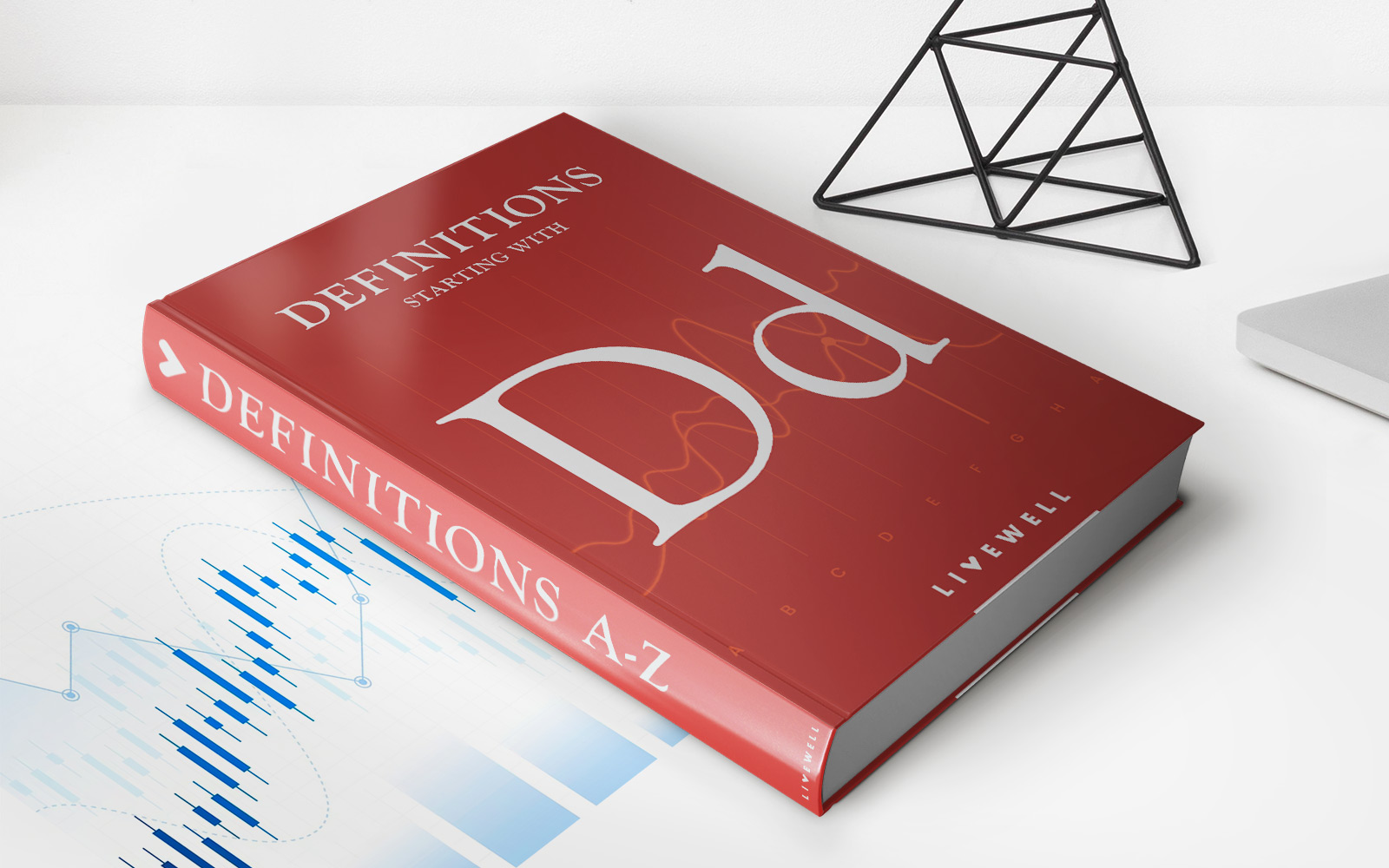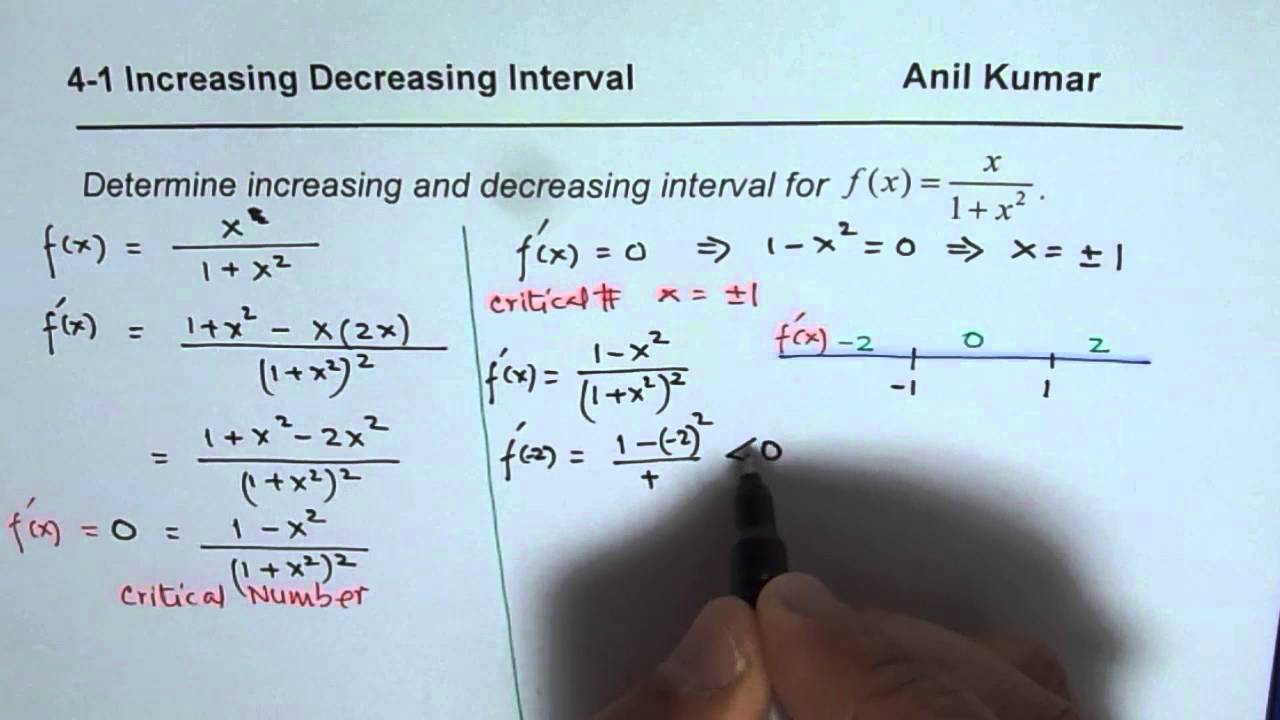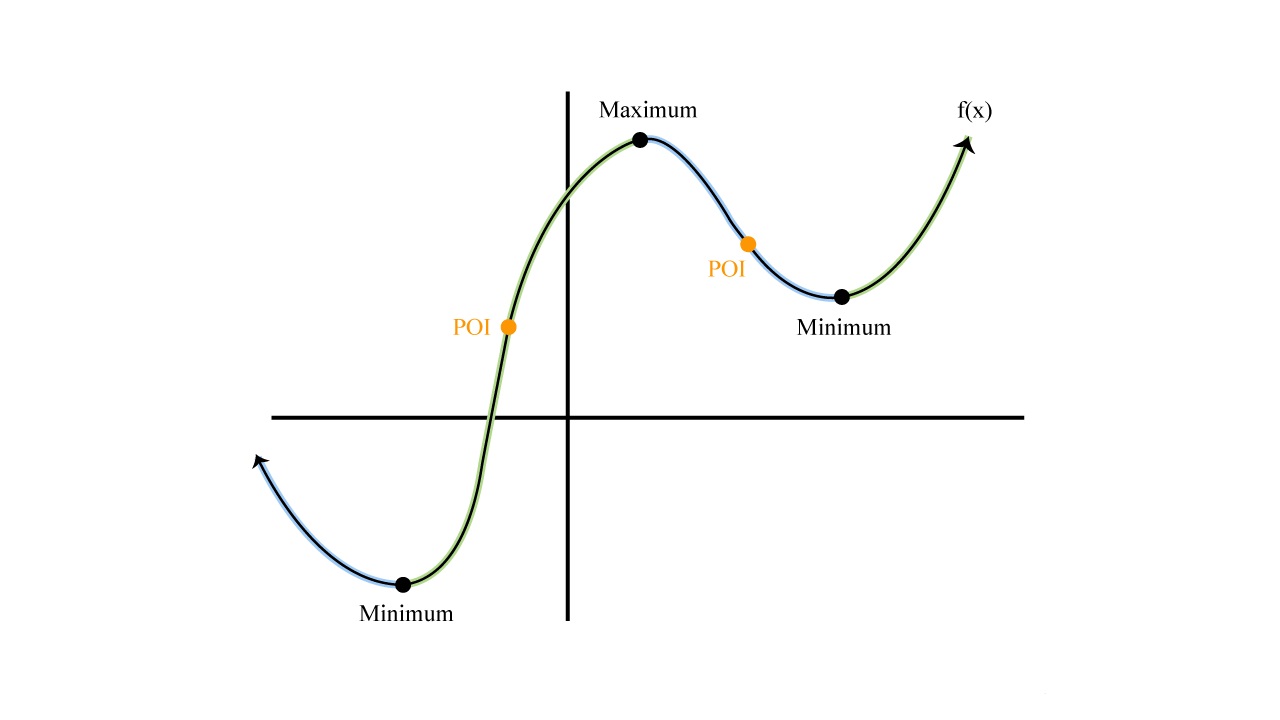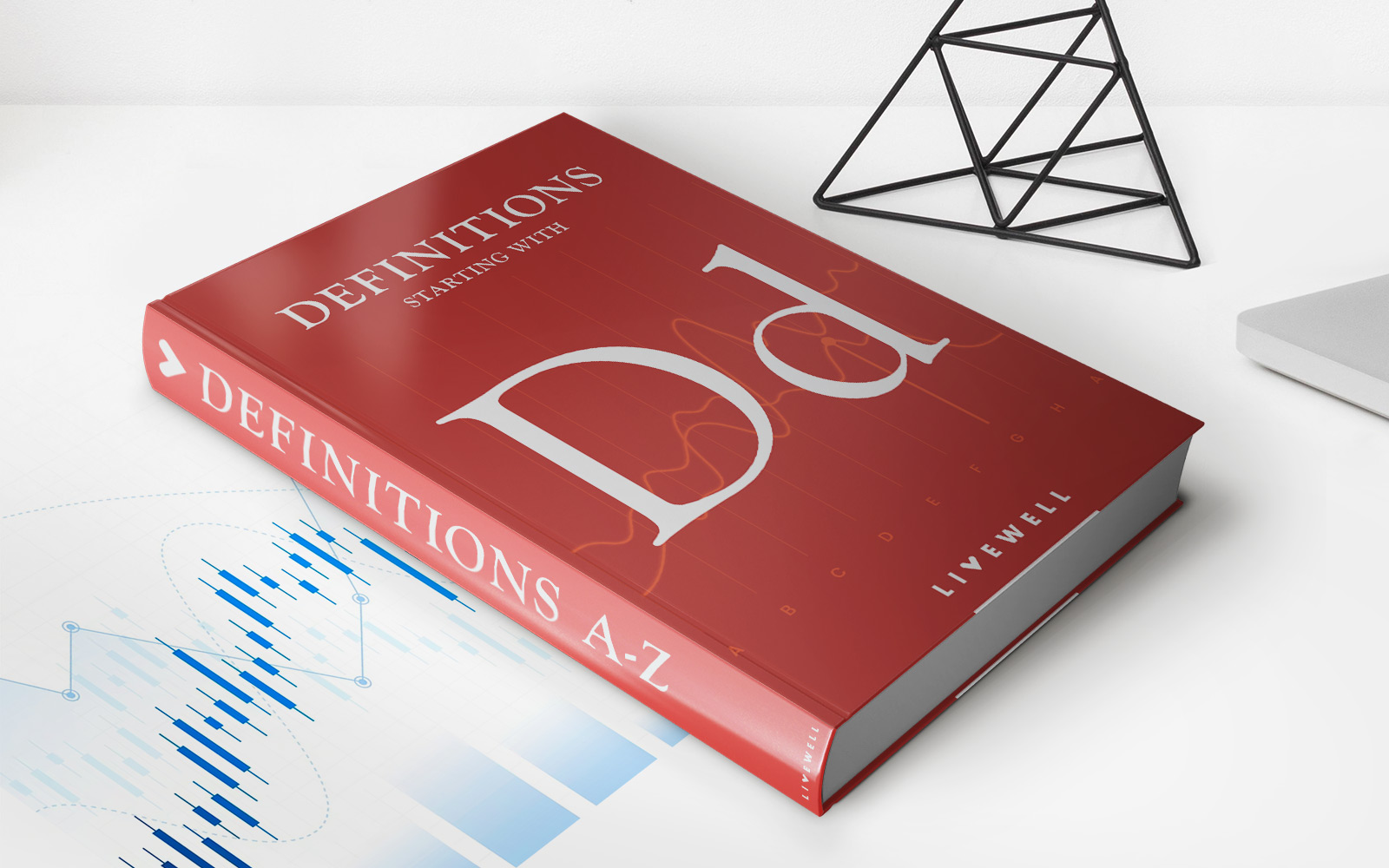Home>Finance>Equity Derivative: Definition, How They’re Used, And Example


Finance
Equity Derivative: Definition, How They’re Used, And Example
Published: November 18, 2023
Discover the meaning and application of finance-based equity derivatives, along with a real-life example showcasing their usage in the financial world.
(Many of the links in this article redirect to a specific reviewed product. Your purchase of these products through affiliate links helps to generate commission for LiveWell, at no extra cost. Learn more)
Unlocking the Potential: Equity Derivative Explained
For those diving into the world of finance, one term that often comes up is “equity derivative.” But what exactly does it mean, and how are these instruments used? In this article, we will demystify equity derivatives, exploring their definition, applications, and providing an example to help you grasp their importance in the world of finance.
Key Takeaways:
- Equity derivatives are financial instruments whose value is derived from an underlying equity security, such as a stock or an index.
- These derivatives are widely used for hedging, speculation, and arbitrage.
What are Equity Derivatives?
At its core, an equity derivative is a financial instrument whose value is derived from an underlying equity security. This underlying security can be an individual stock, a stock index, or even an exchange-traded fund (ETF). Equity derivatives are essentially contracts between two parties, where the value of the contract depends on the performance of the underlying asset.
Equity derivatives serve multiple purposes, including hedging, speculation, and arbitrage. Let’s delve deeper into these applications.
Applications of Equity Derivatives:
1. Hedging:
One of the primary uses of equity derivatives is to hedge against potential losses. Investors and companies often hold large portfolios of stocks, and these holdings can be exposed to market volatility. Equity derivatives can be used to mitigate these risks by providing a way to offset potential losses in the stock portfolio.
Imagine an investor who holds a substantial amount of stocks in the technology sector. To protect against a potential downturn in the sector, the investor can purchase put options, which give them the right to sell their stocks at a predetermined price. If the sector experiences a decline, the put options will increase in value, offsetting the losses incurred from the decline in stock prices.
2. Speculation:
Equity derivatives also play a crucial role in speculation. Traders who believe they have insights into the market can use derivatives to amplify their potential returns. By using leveraged instruments, such as equity options or futures contracts, traders can control a larger position with a smaller initial investment.
For example, if a trader believes that a particular stock will surge in value, they can purchase call options, giving them the right to buy the stock at a predetermined price. If the stock indeed rises above that price, the trader can exercise the options and make a profit. Speculation with equity derivatives can be highly lucrative, but it also comes with increased risks due to leverage.
Example of an Equity Derivative:
To illustrate how equity derivatives work, let’s consider a fictional company called ABC Corp., whose stock is currently trading at $100 per share. An investor, James, expects the stock price to increase in the near future but doesn’t have the capital to invest in a significant number of shares.
James decides to purchase call options on ABC Corp. with a strike price of $110, expiring in three months. He pays a premium of $5 per option, allowing him the right to buy 100 shares of ABC Corp. at $110 within the next three months. By doing so, James can potentially profit if the stock price rises above $115 (including the premium).
- If the stock price remains below $110, James lets the options expire, losing the premium paid.
- If the stock price reaches $115, James can exercise the options, buy the shares at $110, and immediately sell them at the market price of $115, making a $5 profit per share.
- If the stock price surpasses $115, James can make an even greater profit.
This example demonstrates how equity derivatives, in this case, call options, can allow investors to participate in the potential upside of an investment without the need for a significant initial capital outlay.
In Conclusion
Equity derivatives are powerful financial instruments that provide opportunities for hedging, speculation, and arbitrage in the world of finance. They allow investors to manage risks, amplify potential returns, and participate in the market movement without the need for large upfront investments. Now that you understand the definition and applications of equity derivatives, you can navigate the financial landscape with more confidence and unlock new potential in your investment strategies.














